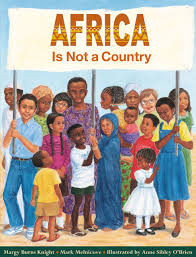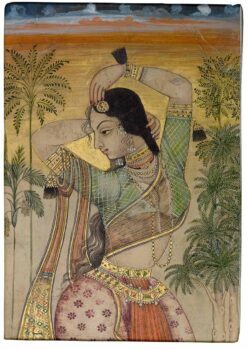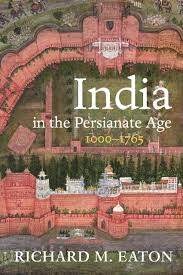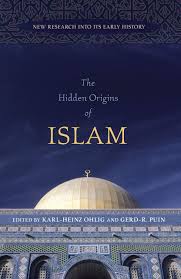 Update: A reader points out my example may not indicate what I assumed. Another reason why Twitter sucks: easy to misunderstand. The general point though stands.
Update: A reader points out my example may not indicate what I assumed. Another reason why Twitter sucks: easy to misunderstand. The general point though stands.
End update
Over the past generation or so there has been a meme, “Africa Is Not a Country”, which reflects the reality that many well-meaning people don’t know much about Africa, to the point where they confuse a diverse continent for a country.
There is a similar reflex though which to me is redolent of the same intuitions and confusions: making Islam into a racial identity. This is particularly common among two groups:
– the type of people who have Greek statue images in their Twitter profiles
– the type of people who have pink-hair avatars and rainbows flags in their Twitter profiles
I won’t say much about the former.
But the latter is interesting and curious to me personally. Many in my immediate family are Muslims (e.g, parents, the vast majority of my cousins). I come from a line of ulems and Sufi mystics. The law of the Hanafi tradition is deeply embedded in my family’s culture. Though never a big believer myself in the religion, I had a vaguely Muslim identity until my tweens, and know a bit about the religion intellectually.
To illustrate the phenomenon I’m talking about, recently an Asian American comedian made fun of Catholicism in a sacrilegious manner (I didn’t think it as very funny since it was derivative and unoriginal). In response, some people asked him to insult Islam. To this, he said “how bout you make fun of ISLAM?” (yikes) to straight up rampant racism (yikes).
In other words, engaging in blasphemy against Islam is racism to him (which is blasphemy to a progressive).
It has gotten to the point where progressives have accused me of being an anti-Muslim racist when I suggest that many Muslims are Creationists. Progressives are of course being stupid but note these progressives are often white secular types who in their lives don’t encounter believing Muslims. They have the idea of what Muslims represent to them. It’s about them, not Muslims.
Perhaps others have different experiences, but the way I was raised as a Muslim, the idea that Muslims are a race would be deeply offensive since Islam was presented as the most antiracist and egalitarian of religions. Believing Muslims assert they have a deep connection to the Ground of all Being, not that they are a corporeal identity-group. In contrast, many secular progressives are taking the far-right racialization of Muslims and enshrining it into their understanding of the religion, so that Islam, the belief-system, becomes a “protected class.”
Of course, the reality of what Muslims believe and how they live their life might not comport with progressive expectations, which seem to involve someone just like them, but with a headscarf on. From the perspective of an Islam-skeptic person though the lesson is clear: Islam is now the progressive party at prayer. Though real Muslims often have major issues with progressives and their modern cultural projects, progressives have embraced their idea of Islam and Muslims in the fight against the Greek statue profiles.
We live in a really strange world.
Addendum: As an atheist from a Muslim background I have looked dimly upon Muslims and the Islamic project for much of my life. But progressive revolutionary rhetoric and action have softened my heart toward the religion and the people. It turns out that religion is not the root of all evil.

![The Koran: A Very Short Introduction (Very Short Introductions Book 13) by [Michael Cook]](https://m.media-amazon.com/images/I/51VVdH+RbTL.jpg)

 You can also support the podcast as a
You can also support the podcast as a 
